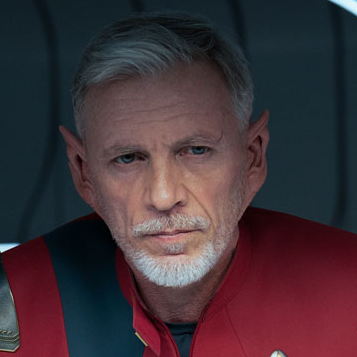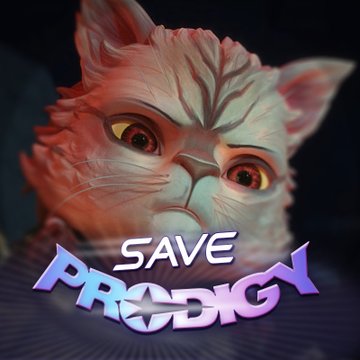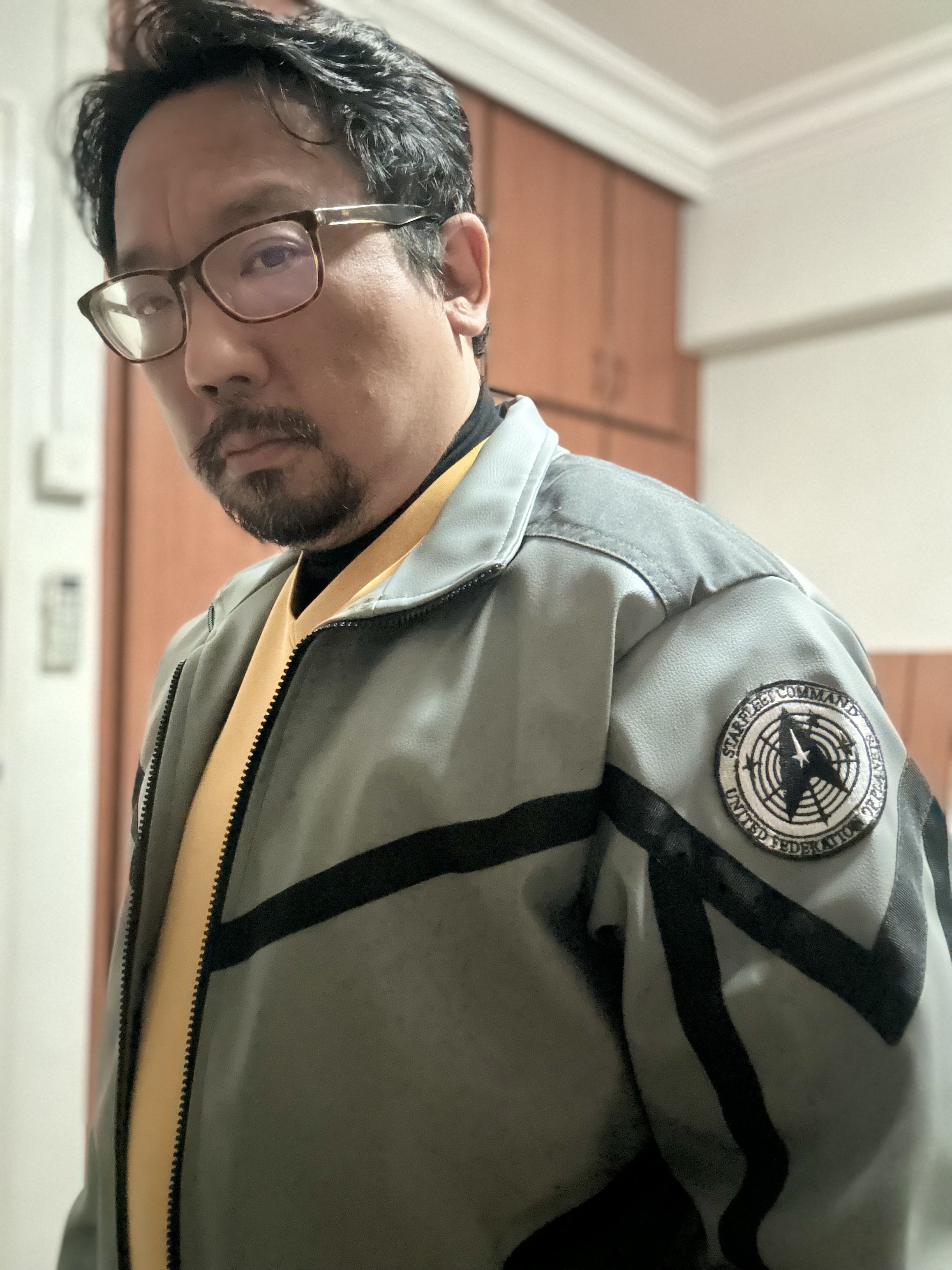This is the Daystrom Institute Episode Analysis thread for Strange New Worlds 2x03 Tomorrow and Tomorrow and Tomorrow.
Now that we’ve had a few days to digest the content of the latest episode, this thread is a place to dig a little deeper.
I really like it, for a few reasons. In no particular order:
-
I wasn’t sold on this newest iteration of Kirk yet, but after this episode I’m wholly on board. We got to see some of the the swagger and the bravado that define James T. Kirk, but with a unique type of charm all his own as well.
-
I also wasn’t the biggest fan of La’an, because she just hadn’t the screen time yet to feel like a person. But in an episode all about the looming figure of her ancestry, we ended up seeing that she’s much more than just a tie-in to the most popular TOS arch/villain.
-
Seeing an episode take place in the 21st century but not in Los Angeles was pretty cool, and being a Canadian I enjoyed that they took advantage of filming in Canada by not trying to pretend Toronto was New York or something. And then even leaning into the Canada thing with the Roots store and the Canadian currency… it made me happy.
-
I really appreciated the nod to the Temporal Cold War, and how it’s likely responsible for the discrepancies between our timeline and the one Star Trek depicts — and the introduction of the Whovian-esque concept of “fixed points”, or events that Time insists on making happen no matter what effort is put into averting them.
-
I enjoyed the appearance of Captain Spock without blinking an eye… until, deep within a long comment, someone wondered how Sarek and Amanda got together in that timeline. The thought has been entertaining me for days.
Humans and Vulcans seemed to be fairly neutral to each other in this version of history, rather than outright enemies. I suppose there’s a possibility that Sarek still pursued his unique brand of diplomacy.
We also have Kirk’s reference to being incarcerated in a Denobulan prison with a Vulcan.
If this episode did indeed take place in 2022 (I don’t remember seeing that confirmed, but that seems to be what people are rolling with), it seems that Adam Soong has yet to pivot Project Khan.
I wonder if he becomes directly involved with the Noonien-Singh Institute for Cultural Advancement in a couple of years, or is just using the 1996 file to start his own augment research.
Or maybe the 2022 date for this episode is incorrect, and Soong is already involved.
The 2022 date is based on a very literal interpretation of Sera’s line that this was supposed to take place in 1992 and she’s been stuck here for 30 years. I’m not convinced that’s a good basis to pin down the year.
Okay, I’m glad to hear I didn’t miss anything. So the episode could well be set in the 2030s or later.
My gut plonks for between 2024 to 2025. This handwaves a few issues:
-
Why didn’t the Travelers intervene? Talinn was dead by mid-2024, and in any case, it’s possible that since they saw the DTI was already involved, they allowed the humans to work out the problem for themselves.
-
The production art in “In a Mirror Darkly” (which is shaky canon at best, I admit, given other dates in that same art which have since been retconned) puts 2026 as a start date for WW III, prompted by issues over genetic enhancement and involving Col Green. It’s not a stretch to say that if the existence of the Augment children became public, it could trigger this.
-
Khan’s age. Ricardo Montalban was about 46 when “Space Seed” was broadcast, and Khan did look like he was in his late 30s to early 40s then - which is plausible for a ruler of about 1/4 of the Earth for a period of 4-5 years. Our current date for the end of WW III is 2053, Riker saying that was 10 years before First Contact in 2063. So the year that Khan left Earth can be no later than 2054 or thereabouts. If we work backwards, then Khan would have been born around 2014. The young Khan we see in this episode looks to be about 10 years old, so our window becomes about 2024-2025, and I go for the later date because that would give Green a little bit of a runway before blowing things up.
Is M-5 here yet? This should be nominated.
Sadly not yet.
I’m going to say that I am always dubious about relying on dates in the Mirror Universe to pin down the Prime Timeline.
There seems always to be slippage or error in correspondence between the two universes, and time spent in one doesn’t necessarily map one to one to the other (transit mechanics notwithstanding).
If we take Kovich’s point that there haven’t been interactions between the Prime Universe and Georgiou’s Mirror Universe for centuries, it seems that the two universes had already diverged so profoundly by the late 24th century, that DS9 offers us some of the last crossovers.
More generally, I’m comfortable with taking Sera’s statement as an approximation of speech. She’s not Vulcan. With that, I would put T+T+T as taking place no earlier than say 2021 but unlikely later than 2030.
As for the rest, I’m comfortable with time and events being overwritten somewhat within the Prime Universe as long as the major event marker points remain effectively in place. It’s these key events, and their casual relationships that are essential to maintain - not a date.
To me, it’s much more problematic that fans (and writers) tried to retcon a disconnect between the Eugenics wars and WW3 in order to respect Roddenberry’s direction that in the TNG pilot Encounter at Farpoint, WW3 was described as being in the mid 21st century.
Likewise, moving the development of space technology back from the late 90s, especially the first FTL flight, was key to placing Warp technology post WW3, but it takes a lot of selective interpretation to discount the statements in TOS.
For those of us who were already longstanding fans when TNG premiered, these were significant inconsistencies in the sequencing and causation..
For some, it was one of the major barriers in accepting TNG a as a continuation of the same universe. While many of us, myself included, rolled with it, it wasn’t all that different than many of the criticisms of Discovery and SNW in terms of changing the timeline.
I have also taken note that tie-in author Christopher L Bennet has been pondering (over in the comments on the TOR review of this episode), that there’s been a longstanding discontinuity (or rather shift) in the timeline between TOS and TAS and TNG.
I can see why, especially as their astrophysics consultant will back up the science of it, Goldsman as TOS fan since the 60s & 70s would want to clean up the sequencing of key events over the previously established dates in order to enable fans to view the Star Trek their possible future.
My own view?
If we use the major river of time analogy for events in the Prime Universe, we could think of the version of Eugenics wars, WW3 and Warp / First Contact of TOS in the 1990s and early 21st century as a kind of oxbow, an arc now cut off, but with the bend in the river replicated slightly further down the time stream.
I also like @khaosworks@startrek.website ’s notion of a palimpsest analogy where the incursions into the time stream over write past versions but there remain artifacts of the earlier versions.
The 2026 date didn’t come from the Mirror Universe, although it was in the MU episode of ENT. It was from the USS Defiant’s database - the Constitution-class ship from the Prime Universe that fell through the interphase in TOS: “The Tholian Web” and somehow ended up in the Mirror Universe and over a century in the past.
But as we saw with the Discovery transiting back and forth to the MU (albeit via a radically different mechanism), the calendar was not aligned when they returned - days became 9 months.
So we have no reassuring whatsoever that the Defiant was in sync, or that their database was still in sync with the Prime Universe that carried on without them.
Addendum: Calendars are dependent on where they function and the speed of travel (as we are aware from relativity) unless insulated in a warp bubble or equivalent. Not sure why we expect the computer databases on starships to compensate accurately for unknown phenomena like falling through a vortex.)
All I’m saying is that until we get an explicit mention that the dates for the start of WWIII in 2026 have indeed slipped, I’m not going to assume they have.
As I’ve pointed out, I accept that they will probably slip, and that the 2026 date is shaky because other dates in the same art have already been retconned, but I’m not going to depart from on screen evidence until there’s another bit of on screen evidence that directly contradicts it.
Otherwise you can have any date you want and nobody can say otherwise because temporal wars - and that’s the very thing I was warning against.
-
not a star trek fan, but i am a shakespeare fan! curious how the themes of this episode correspond to macbeth (where the title line comes from)
That particular passage from Macbeth takes place in the context of a guard telling Macbeth that Lady Macbeth is dead. Macbeth then launches into a musing about the inevitability of death and the banality of life:
Tomorrow, and tomorrow, and tomorrow,
Creeps in this petty pace from day to day,
To the last syllable of recorded time;
And all our yesterdays have lighted fools
The way to dusty death. Out, out, brief candle!
We are all heading towards death, slowly but surely, and life is just one identical day after another, our past just marking time to the fate that waits us all.
Life’s but a walking shadow, a poor player,
That struts and frets his hour upon the stage,
And then is heard no more. It is a tale
Told by an idiot, full of sound and fury,
Signifying nothing.
In this speech, as he awaits Macduff’s assault, Macbeth laments that our lives are meaningless and our actions have no impact in the larger scheme. We appear briefly on this world and then vanish completely, leaving no trace.
Macbeth is all about fate, and destiny. Macbeth had no real ambitions until he was shown a future where he was King, and then he - despite initial moral qualms - was persuaded to take actions to seize that future precisely because he knew it would happen.
But did he believe this was inevitable, that this excused his murder of Duncan and the death of Banquo? His own actions to struggle against the prophecy of his defeat speak that he was at the very least conflicted about whether the future that awaits was one that was destined or one that he created himself.
To a degree, that recalls the predestination paradox. Did Macbeth kill Duncan because he was meant to kill Duncan? And will Macduff kill him now because Macduff was meant to kill him? Did they act that way because it was already writ? Or were those events writ because they acted? Who wrote the script?
DULMUR: Captain, why did you take the Defiant back in time?
SISKO: It was an accident.
LUCSLY: So you’re not contending it was a predestination paradox?
DULMUR: A time loop. That you were meant to go back into the past?
SISKO: Erm, no.
DULMUR: Good.
LUCSLY: We hate those.
Applying the themes of this to the episode: the question is whether the Eugenics Wars are meant to happen, or must we take steps to ensure that they do (or don’t) happen? How free is our will when faced against Time? Do the Eugenics Wars happen because we made it happen or did we make the Eugenics Wars happen because they’re supposed to happen? Who wrote that script?
Sera believes that history is not inevitable. Her Romulan computer simulations tell her that if she prevents the war, then the Federation will not arise - and to a degree, she’s correct (for now), because alt-Kirk’s presence shows that happens. But she is also aware that there are certain things that want to happen, so like Macbeth she struggles against that inevitability by trying to persuade La’An to let her kill Khan.
In a similar way, La’An is also struggling against her perceived destiny as a descendant of Khan. La’An is afraid that she will become dangerous like him, so she tries to deny that as well although Neera told her that her genetics are not her destiny.
So what we have here is the same question raised in Macbeth: are we all fated, locked into our roles and places in history? Do our actions lead us inevitably on the path to death, and our struggles mean nothing in the larger analysis? These are not questions to which Shakespeare has a neat answer to, and neither does this episode.
La’An accepts that she is Khan’s legacy as much as the Eugenics Wars are - but does that mean she accepts that she’s dangerous or will she still guard against it?
Sera refused to accept she couldn’t stave off the Eugenics Wars even though she’s been trying and not succeeding for 30 years and died because of it. Was she fooling herself? Or did she go down in the same way that Macbeth went down fighting Macduff even though he knew he would fail - because sometimes you just don’t bow down to fate no matter how hopeless it seems?
MACBETH: I will not yield,
To kiss the ground before young Malcolm’s feet,
And to be baited with the rabble’s curse.
Though Birnam Wood be come to Dunsinane,
And thou opposed, being of no woman born,
Yet I will try the last. Before my body
I throw my warlike shield. Lay on, Macduff,
And damned be him that first cries, “Hold, enough!”
The future comes for all of us in the end. How we decide to face it tells us who and what we are.








